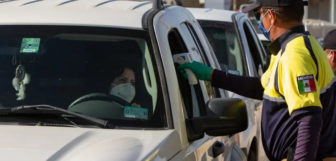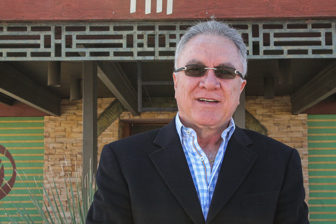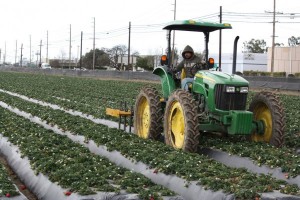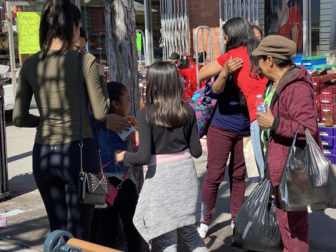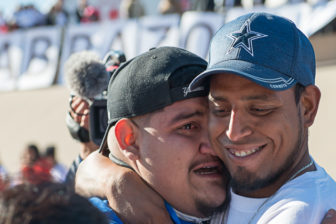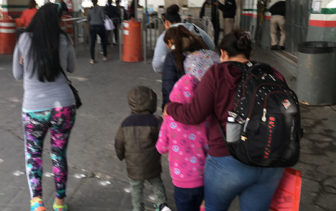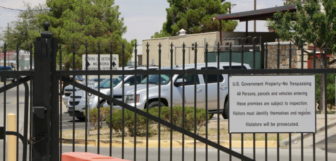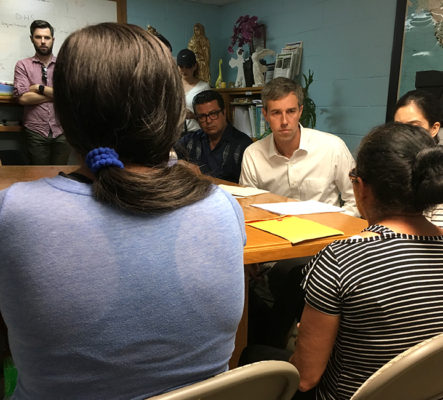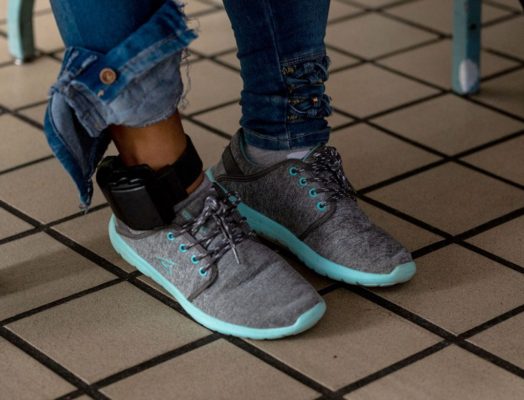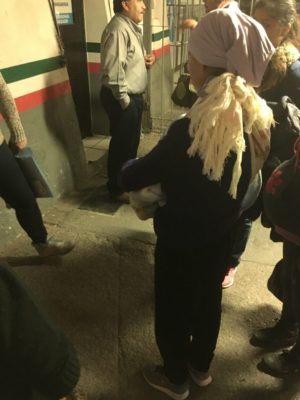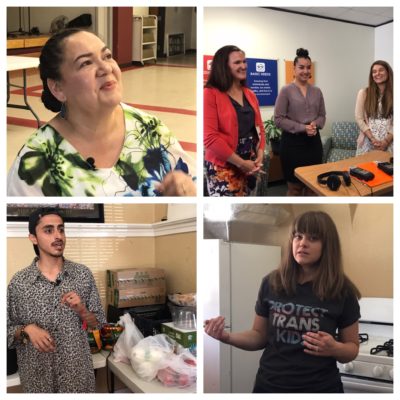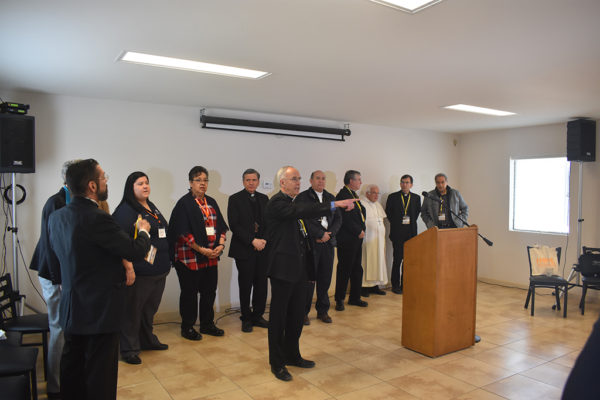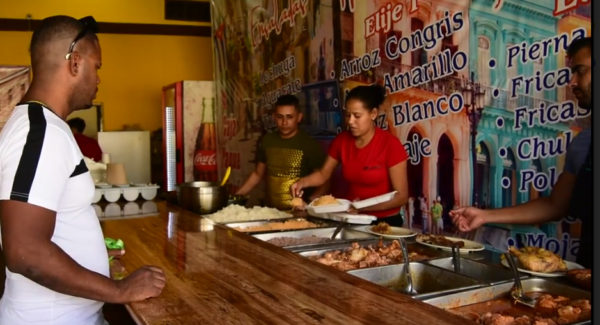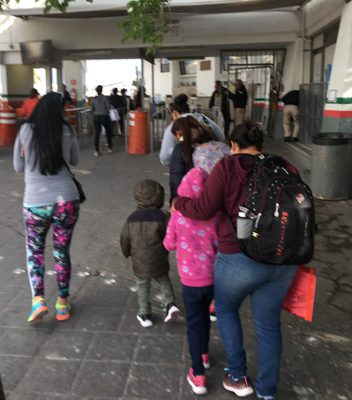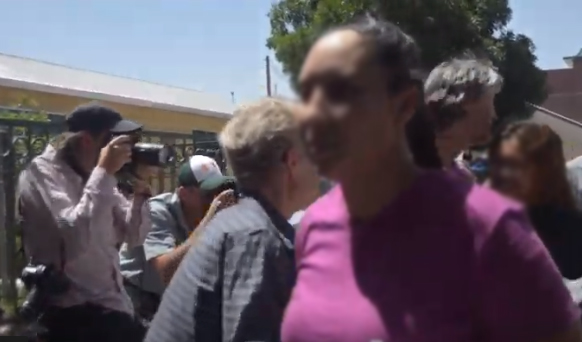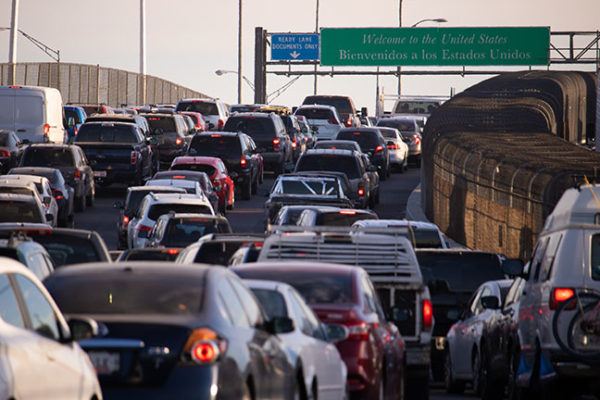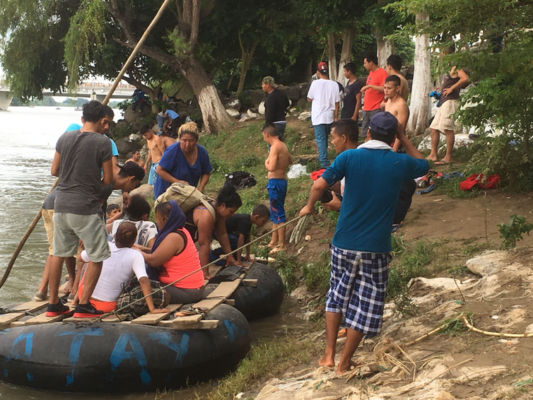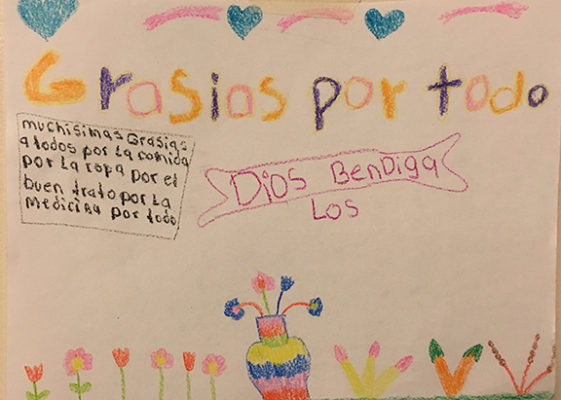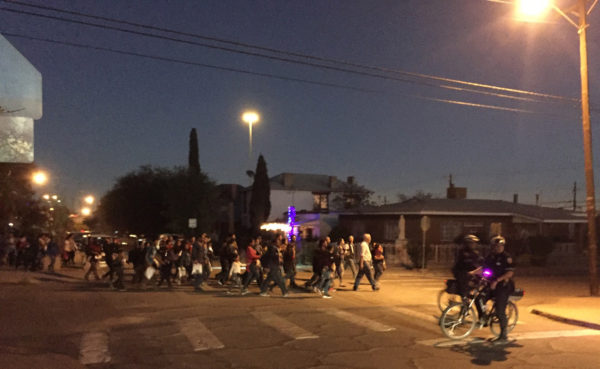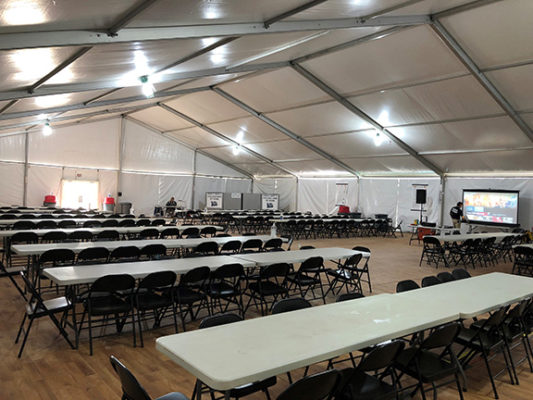By Stanley Dubinsky, University of South Carolina; Kaitlyn E. Smith, University of South Carolina, and Michael Gavin, University of South Carolina
As the coronavirus spreads around the globe, it’s being characterized by media and politicians alike as an “invisible enemy.” People are afraid others may carry the virus but not show symptoms of the disease it causes – especially strangers, who may or may not have taken proper precautions against spreading the disease. It is this fear of strangers that causes people to be on heightened alert for anyone who might be somehow different. In some cases, the differences are visible, matters of physiological appearance and perhaps dress, leading to the racism and general fear of foreigners that has seen Asians attacked in Australia and the United States, and Africans kicked out of their homes in China. As researchers of people’s language differences, we find that our preliminary research and anecdotal evidence reveal another sort of discrimination, which happens when people’s differences are audible, not visible. Studies have shown that the language or dialect a person speaks is far and away the most important marker of group and national identity, and is the means by which people can immediately and accurately recognize strangers among them.




